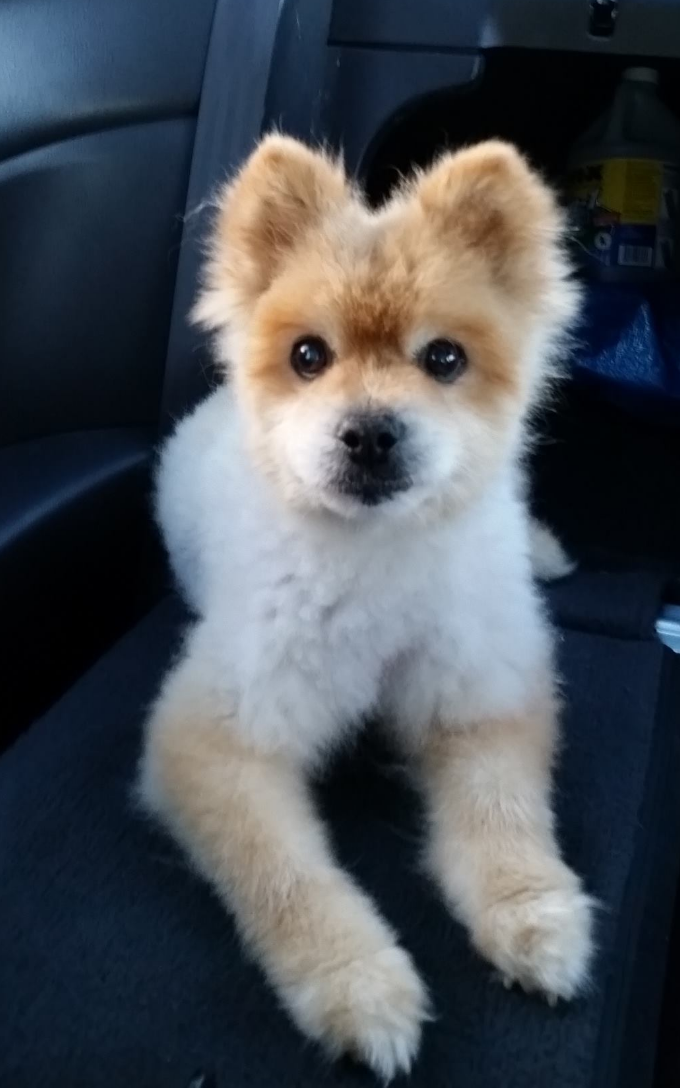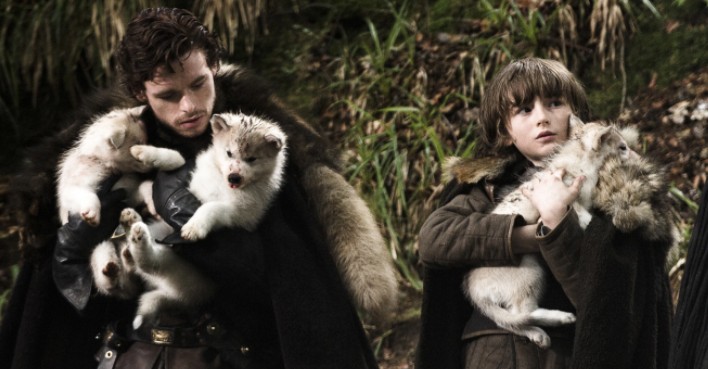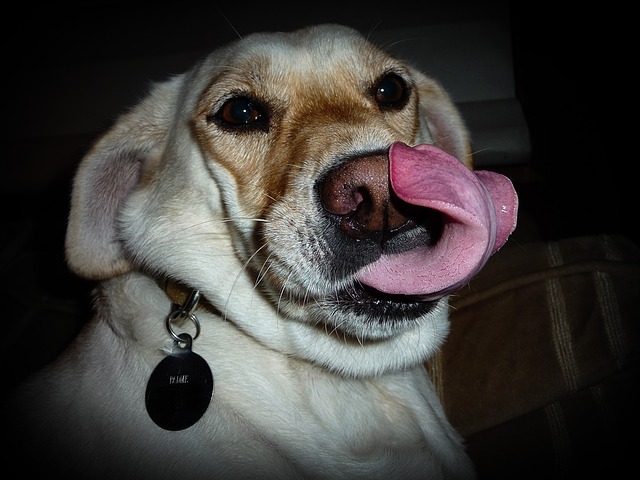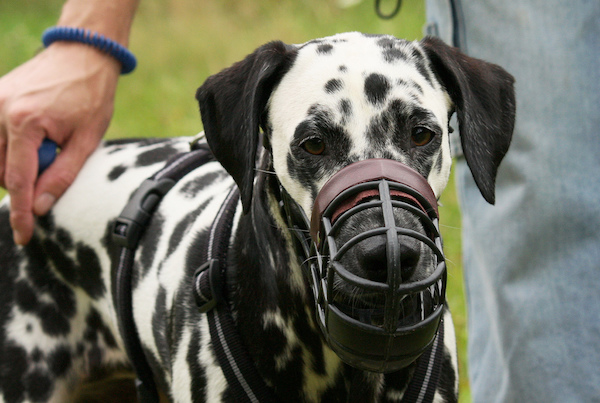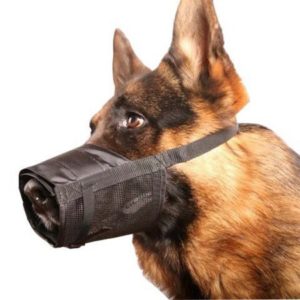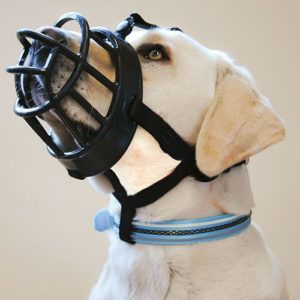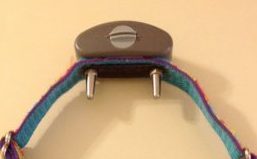
Two weeks ago we did a blog post on selecting what breed of dog would best fit your lifestyle. We talked about places you can pick out your new best friend and some things to look for. If you missed that, please check it out here: “A Beginner’s Guide to Getting a Dog – Part 1”
In part two, we’re going to look at some of the things you should ask when you go to pick up your new friend and some of the things you should have on hand before your new family member comes home.
If you’ve gone to a shelter to look at a variety of animals, you can ask your questions while you’re there checking out your new potential adopters. A pro-tip is that you can always ask to come back and pick up your new friend in a few days. I did this with both of my cats and it worked wonders. I went to the shelter, looked at a variety of different awesome cats, and picked out the ones I wanted to adopt. Then asked if I could come back the next day and pick them up. This allowed me enough time to get all the supplies I would need to make sure their introduction to their new home went smoothly.
The first thing you should think of are questions you want to ask the dog’s current caregiver. I always like to ask these ahead of time before you go to pick up for new pet that way you can have everything you need to get started. Here’s a list of some to get you started.
- What type of food do they current use? For good brands check out Dog Food Advisor.
- What do they like to sleep on? Some dogs prefer beds, others just a pile of blankets, some like the cool floor.
- Are they on any current medicines? You can prep your vet ahead of time and take care of some beginner paperwork.
- Do they have any favorite types of toys? Some dogs love rope toys, others go bananas for squeakers.
- What supplies will come with them? If you’re lucky the shelter will send you home with some supplies to help get you started. Typically I see a lot of of shelters hand out a small supply of their current food, a used blanket, and maybe a toy. Sometimes you’ll also get a harness or collar and leash as well.
Armed with the answers to these questions, it’s time to go shopping. Both Petco and Petsmart offer adoption packets with coupons for any pet that is adopted (including some for birds, reptiles and small mammals as well!) just bring in the adoption paperwork and you’ll be good to go. They don’t provide a huge savings, but will definitely help you get started and act as a good reminder for things you might forget. Here’s some of the top things I’d recommend having on hand prior to bringing your pet home.
- A new bag of dog food or their old brand if you like that kind. Again check out Dog Food Advisor for more info.
- Some stain remover. I love Nature’s Miracles. It can get out pretty much anything.
- A bed or blanket for them to sleep or rest on during the day.
- A pet identification tag – Petco and Petsmart have these you can make for $7 to $15. It should include the pets name and a phone number in case your pets get lost. Some people put their address on their, others choose not to, that depends on your comfort level and the size of the tag. Another tip is if you HATE the sound of jingly tags around the house you can make a tag silencer or buy one to save you some sanity.
- A collar, leash and harness. Keep a collar with tags on at all times especially for the first few months as they aren’t yet familiar with the area and can easily get lost. Use the leash and harness for walks. Flat collars, harness and leashes work best. I know the extendable/retractable leashes are temping, but forgo those until you both know each other better and have some training under your belt.
- A toy or two if they’re big toy players.
- A tasty bag or two of treats. Food is the key to every dogs heart so having some extra yummy treats to give out for good behaviors and really solidify your bond right from the get go.
The perfect time to pick up a new pet is on a Friday or just before a long weekend. This gives you some time for everyone to get adjusted before you all start back into the routine. When you get home, try to get the dog to go potty right away. It’s common for dogs to have a bit of lapse in potty training when first starting out as they figure out the new rules for their new home. So an ounce of prevention goes a long ways!
Try to keep things nice and calm and low key. I know it’s temping to want to show off your new buddy to family and friends, but it can be really overwhelming the first few days the dog is new a new place. Let the dog explore things on his own terms. Some dogs might take a while to feel comfortable walking from room to room to check things out. Other dogs will run through and explore everything all at once. While he or she is exploring, keep an eye on them. Preventing accidents is way easier than trying to stop a developed habit so keeping him or her confined to the same room you are in or letting them drag their leash around works wonders.
Take things slow, learn about each other and have fun. Building a strong lasting, loving relationship will help you for years to come! <3

